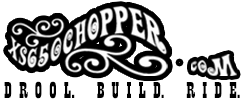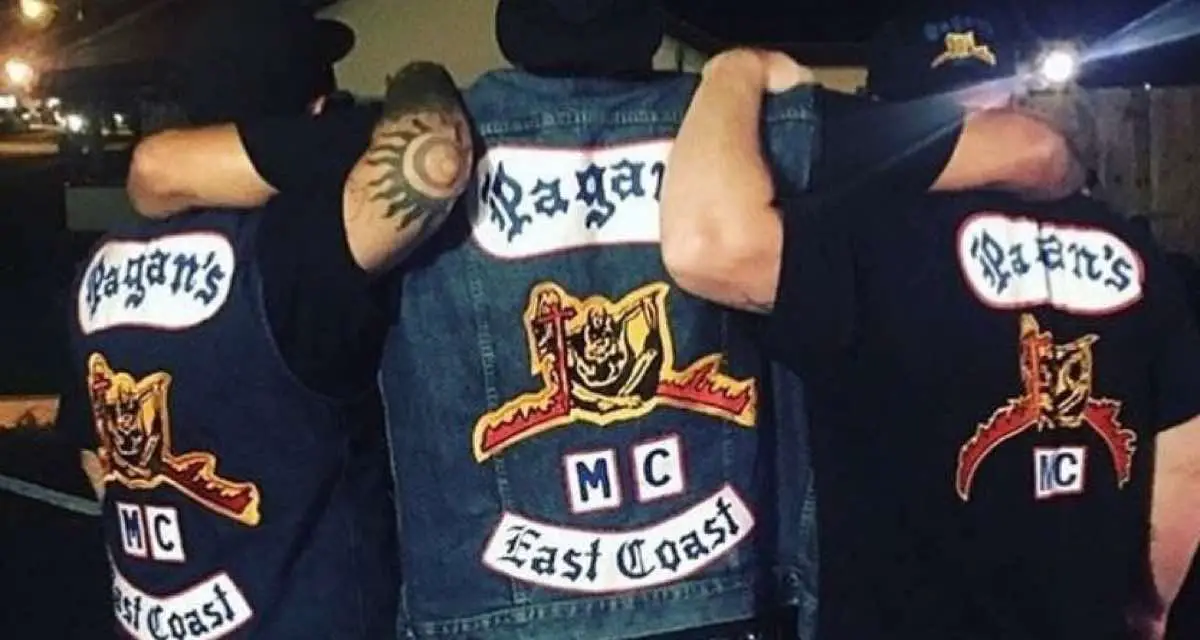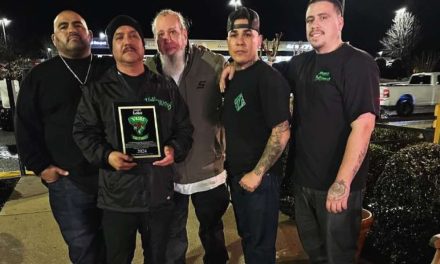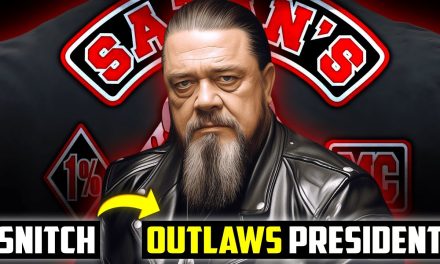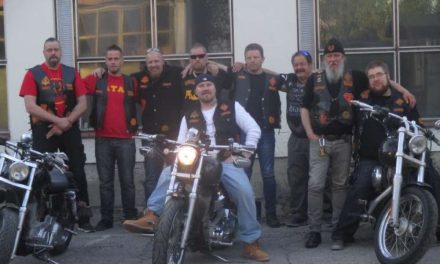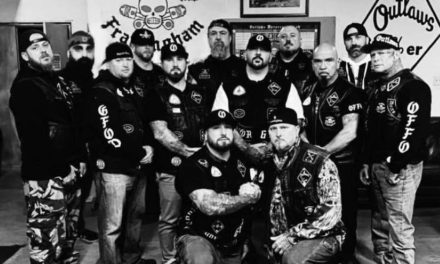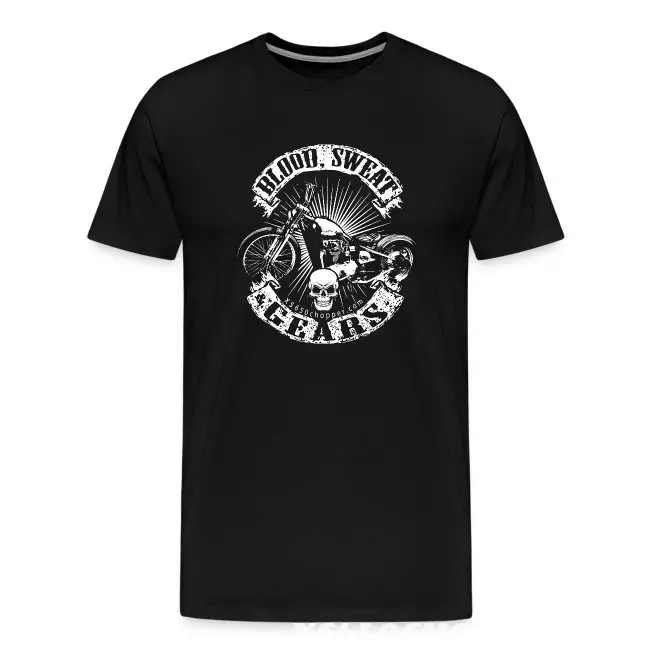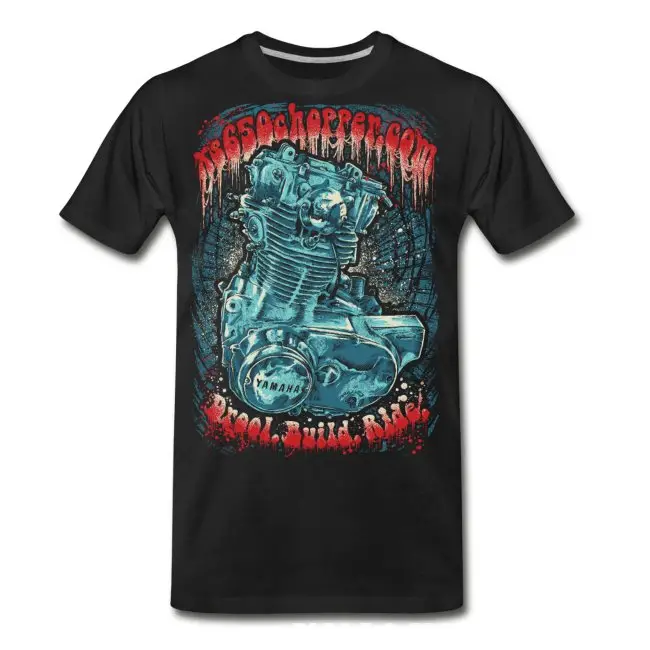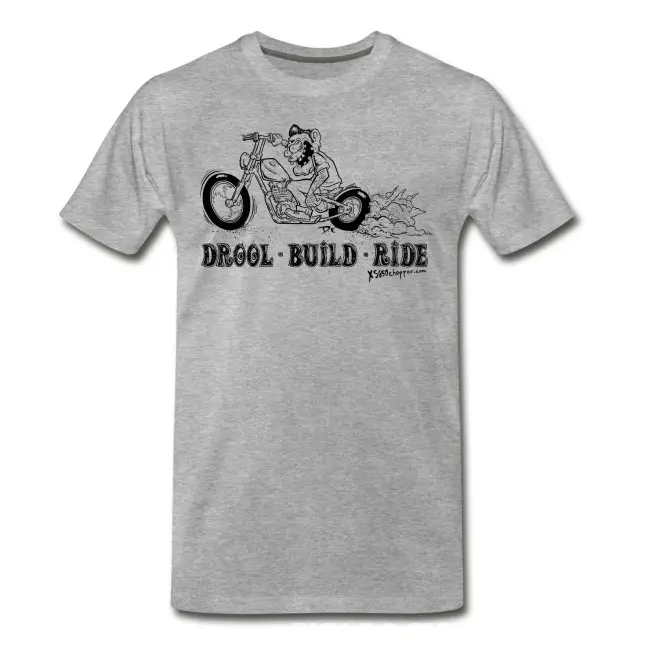The Pagans Motorcycle Club, often simply known as the Pagans, is an outlaw motorcycle gang that has captured the attention of both the public and law enforcement. Founded in the 1950s, the club has grown to become one of the most prominent biker organizations in the United States.
This article delves into seven key aspects of the Pagans, from their origins to their current standing in the biker community. Understanding these facets provides a clearer picture of the club’s culture, operations, and the challenges it poses.
1. The Big Four
You’ve probably heard about the notorious ‘Big Four’ motorcycle clubs, right? Well, the Pagans MC is one of them, rubbing shoulders with the likes of the Hells Angels, Outlaws, and Bandidos. These clubs are not your average weekend riding buddies; they’re known for being the heavy hitters of the biker world.
- Hells Angels MC
- Outlaws MC
- Bandidos MC
- Pagans MC
Each of these clubs has a history that’s as long as the open road, and they’ve all had their share of run-ins with the law. The Pagans, in particular, have an estimated club strength of over 1,000 members, according to The Press of Atlantic City. They’ve made headlines not just for their size, but also for their alleged connections to other formidable organizations like the Italian Mafia and the Aryan Brotherhood.
Remember, when you’re talking about the Big Four, you’re talking about a legacy of rebellion and a penchant for living outside the law. It’s a world where the roar of engines and the call of the open road often mingle with the whispers of illicit dealings and the clash of violent confrontations.
2. Italian Mafia and Aryan Brotherhood Ties
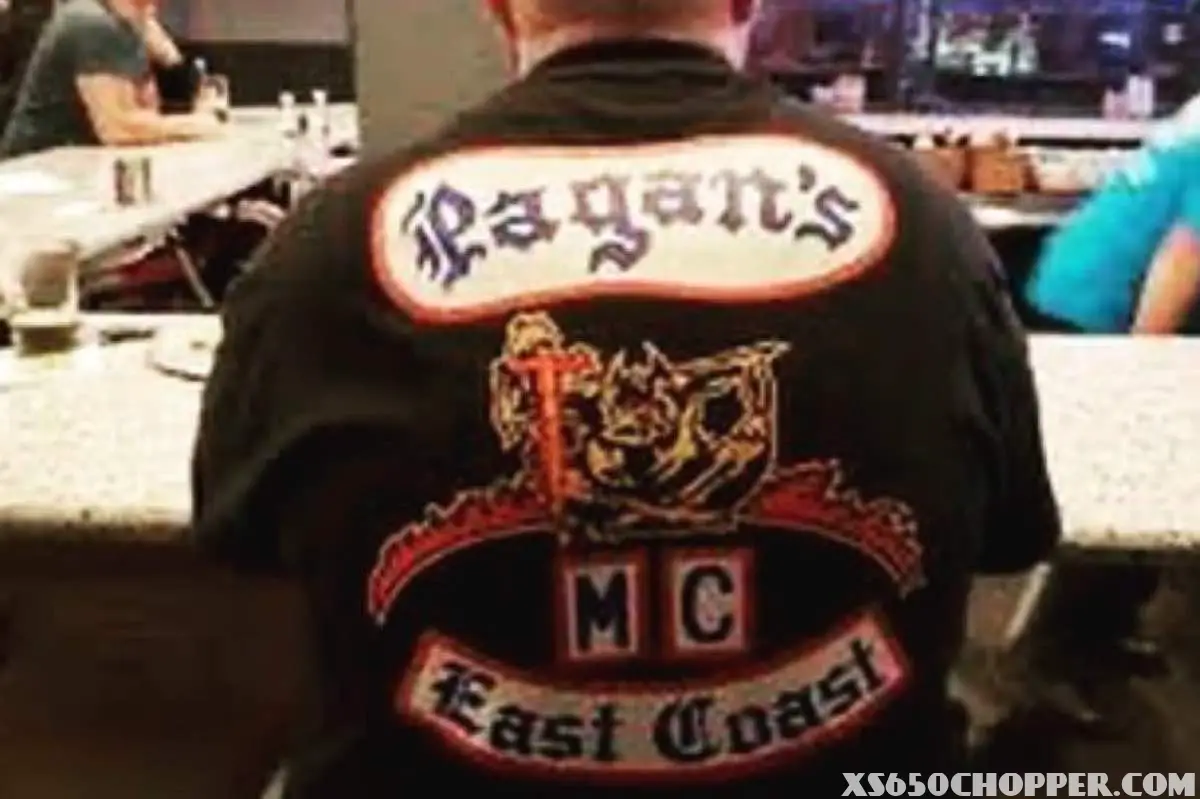
You might find it intriguing that the Pagans Motorcycle Club isn’t just about roaring engines and leather jackets. They’ve been linked to some pretty heavy hitters in the criminal world. Specifically, their reported ties to the Italian Mafia and the Aryan Brotherhood have raised eyebrows and red flags alike. These associations suggest a level of organized crime involvement that goes beyond the stereotype of rowdy bikers causing trouble.
The Pagans’ connections are not just rumors; they’re backed by incidents and allegations that paint a picture of a club deeply entrenched in the criminal underworld.
Their involvement in illegal activities is diverse, ranging from drug smuggling to weapons deals. It’s a complex web of alliances and rivalries, where the Pagans have carved out a notorious reputation. And while you’re absorbing this, remember that these ties have real-world consequences, influencing the dynamics of crime and law enforcement across regions.
- Reported ties to Italian Mafia and Aryan Brotherhood
- Associated with drug smuggling, bombings, weapons deals
Keep in mind, these are not isolated incidents but part of a broader narrative that includes other major clubs, as highlighted by the title from Wikipedia about the Hells Angels MC. It’s a reminder that the world of motorcycle clubs often intersects with serious criminal activities.
3. Riding with Evil
You might’ve heard about the book Riding with Evil: Taking Down the Notorious Pagans Motorcycle Gang. It’s a deep dive into the dark world of the Pagans, penned by Ken Croke and Dave Wedge. The book reveals the gang’s inner workings and their unapologetic embrace of violence and intimidation. Imagine walking into a Pagan party on St. Patrick’s Day weekend, like Croke did in 2009, and feeling the palpable tension in the air, the kind that tells you this is no ordinary biker club.
The Pagans aren’t just about leather jackets and roaring engines; they’re a symbol of a lifestyle that flirts with the edge of the law—and often crosses it. Here’s a snapshot of what sets them apart:
- A notorious reputation for brutality
- Intimidation as a tool for control
- A culture steeped in criminality
The Pagans’ notoriety isn’t just built on hearsay; it’s etched into their very identity, with a history that’s as complex as it is chilling.
Remember, not all motorcycle clubs are outlaws, but the Pagans have certainly earned their place in the annals of infamy. They’re part of the ‘Big Four’—clubs known for their criminal exploits, from drug trafficking to plotting murders. It’s a world where the rules of society are rewritten by those who ride with evil.
4. Membership Requirements
So, you’re curious about what it takes to join the Pagans Motorcycle Club? Well, it’s not as simple as signing up online and getting a welcome kit. Membership in the Pagans is serious business, and it comes with a set of stringent requirements. First off, owning a Harley-Davidson is pretty much a given. But it’s not just about the bike; it’s about the brotherhood and proving your loyalty.
- Prospective members must undergo a lengthy initiation process, where trust and commitment are put to the test.
- The club values its reputation and standing within the outlaw biker community, which is built on a history of tradition and, sometimes, infamy.
- A Pagans prospect needs to be aware of the club’s media presence and how it can affect their personal life.
Remember, joining the Pagans isn’t a decision to be taken lightly. It’s a lifestyle choice that demands respect for the club’s values and often, a willingness to skirt the edges of the law.
5. Founding and History
Dive into the origins of the Pagans Motorcycle Club, and you’ll find a tale that’s as gritty as it is engrossing. Founded in 1959, the club began as a group of motorcycle enthusiasts in Prince George’s County, Maryland. It wasn’t long before they evolved into one of the most notorious outlaw motorcycle clubs.
The Pagans quickly established a reputation for fierce territoriality and involvement in criminal activities. Their notoriety grew with their expansion, and by the late 1960s, they were a force to be reckoned with. Here’s a snapshot of the Pagans MC by the numbers:
- Founding Year: 1966
- Headquarters: Houston, Texas
- Motto: ‘We are the people your parents warned you about’
- Colors: Red and gold
- Membership: Estimated 2,400+ members worldwide
The Pagans’ story is a testament to the allure of the outlaw lifestyle, a siren call for those seeking a life beyond the fringes of conventional society.
Their history is marked by significant events, such as the leadership of John Marron in the late ’60s and ’70s, which steered the club into more violent and criminal endeavors. The arrest of 19 members in 2010 for plotting against the Hells Angels with homemade grenades is just one example of the lengths they’ve gone to protect their interests and assert their dominance.
6. Criminal Activities and Violence
You’ve probably heard the stories, right? The Pagans Motorcycle Club isn’t just about riding; they’ve got a darker side. They’re one of the ‘Big Four’ biker clubs, and their reputation for criminal behavior is well-known, from drug smuggling to murder plots. Just recently, a headline screamed about a fight involving motorcycle gang members that led to 4 arrests. All three of the Pagans involved were initially charged with resisting arrest and obstructing a criminal investigation. Detectives are digging deeper, which means more charges could be on the way.
It’s not all about the open road and the brotherhood; sometimes, it’s about what happens off the bikes.
While the American Motorcyclist Association insists that 99% of motorcyclists are law-abiding, the Pagans fall into that notorious 1% known for drug-running, contract killing, and petty theft. Their activities have made them infamous, and it’s not just a problem in the US. With chapters spread across regions, their influence and reach are a cause for concern globally.
7. Mother Club and the Number 13
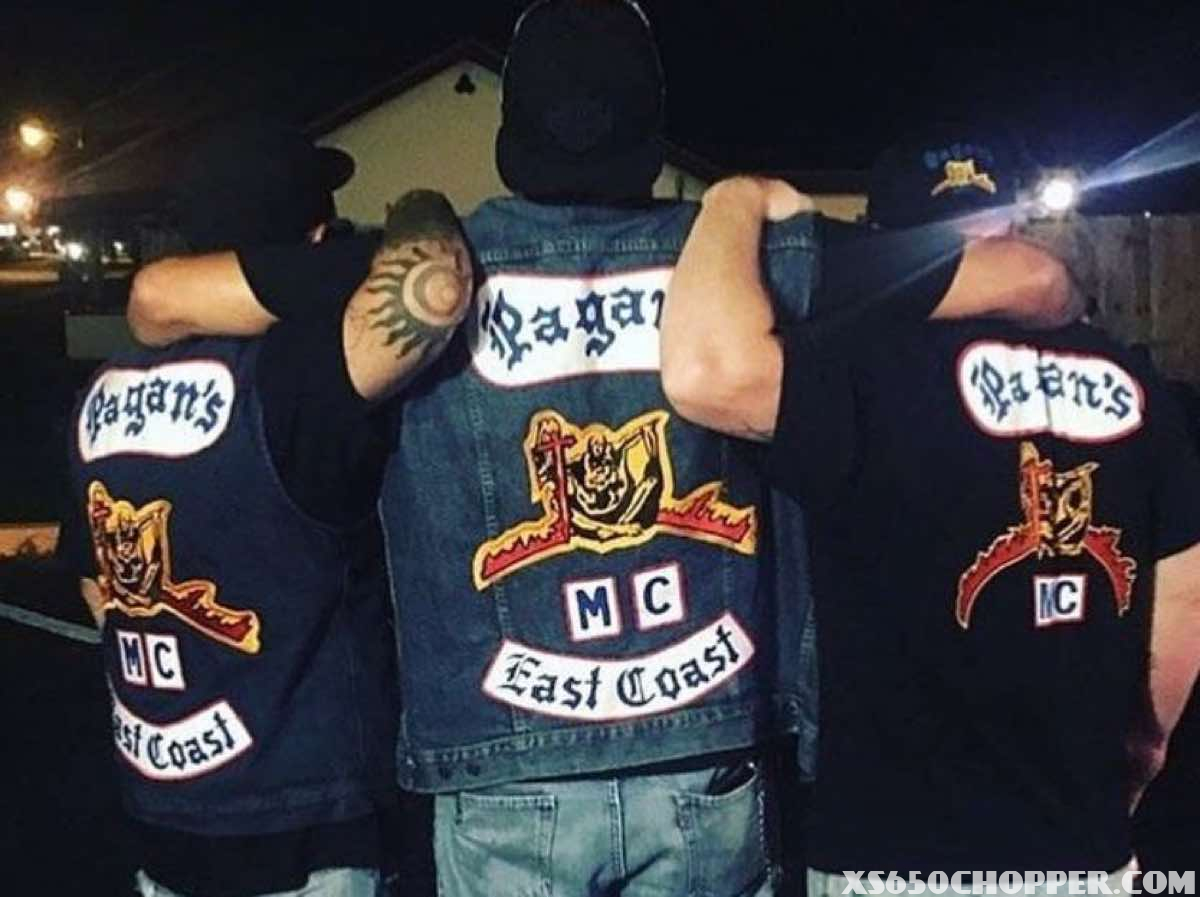
You might’ve heard some wild stories about the Pagans Motorcycle Club, but let’s talk about their core, the Mother Club, and what the number 13 means to them. Only Mother Club members can wear the #13, which signifies their elite status within the club. This isn’t just a random number; it’s a badge of honor, symbolizing a member’s deep commitment and standing.
The Mother Club acts as the governing body, making decisions that affect the entire organization. It’s like the executive board of a company, but for a group that lives by its own set of rules. And speaking of rules, here’s a quick rundown of what it takes to be part of this exclusive circle:
- You’ve got to earn your stripes, proving loyalty over time.
- A reputation for toughness is a must.
- Being vouched for by existing members is non-negotiable.
Remember the story of White Bear? His notorious temper and the inevitable violence that followed him are part of the club’s lore. The Pagans have a history that’s as complex as it is controversial, with events like the FBI infiltration leading to a surge in membership rather than its demise. It’s a testament to the club’s resilience and the allure it holds for those seeking a life on the edge.
